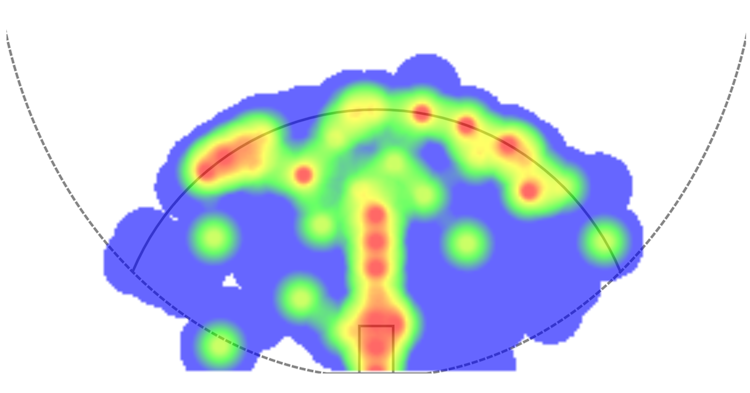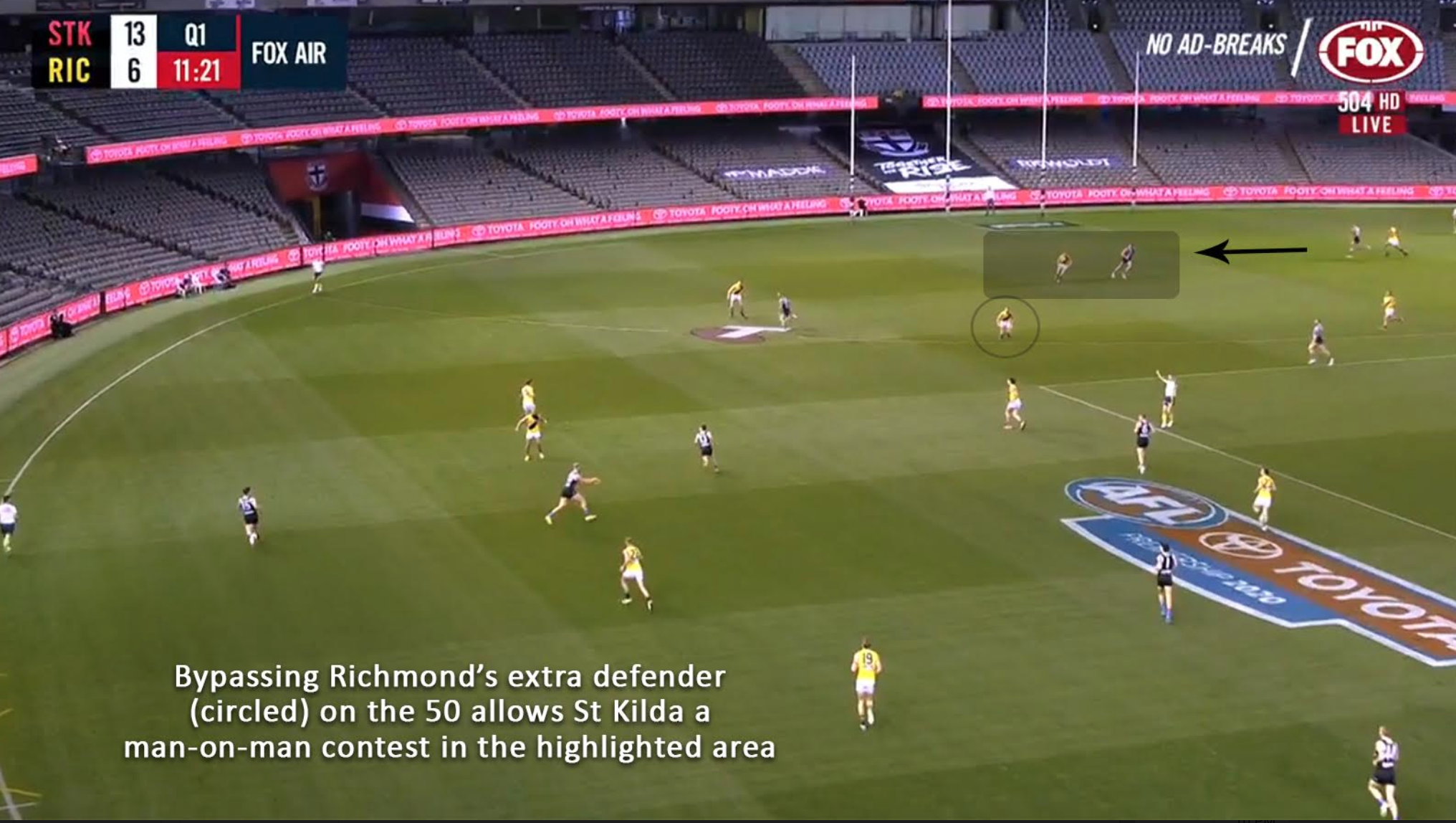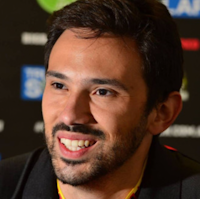From Sinners to Saints: How St Kilda Revolutionised Its Goalkicking
Last updated: Aug 5, 2020, 4:01AM | Published: Aug 5, 2020, 1:17AM
Data accurate as of 5th August 2020
St Kilda’s goal kicking accuracy is the best ever, by any club in history, through nine
rounds of a season.
63.8%* ST KILDA 2020
— InsightLane (@insightlane) August 2, 2020
Still on top. https://t.co/yI4SIvR473
Yet, if one were to look at Stats Insider’s expected score tool, the Saints haven’t even exceeded expectations.
So how can a side literally be the most accurate in history and for it to be perfectly normal?
The answer lies in the type of shots St Kilda are creating which represent a significant departure from previous years.
By looking through Stats Insider’s Shot Chart Explorer we can see that in 2018 and 2019, St Kilda very much had a scattergun approach – get within range and let fly, regardless of distance and angle.

RELATED: AFL Top 100: The Good, the Bad and the Ugly of the SI Player Ratings
St Kilda’s 2019 accuracy of 42.6% was the fourth lowest ever recorded, and looking at the above, with red areas indicating where the most shots came from, it’s easy to see why.
Therefore, heading into 2020, clearly the main focus was to improve accuracy.
Brett Ratten has made a point of focusing on improving both the Saints’ shot location, while also ensuring the ones which came in general play were from higher percentage situations.
Naturally, the quickest way to improve accuracy is to take shots closer to goal.
Comparing 2018 and 2019 to 2020, using the Stats Insider shotcharting data which breaks shot distance into three areas – 0-24 metres, 25-49 metres and 50+ metres – we can see a significant increase in what’s been taken close to goal.
St Kilda’s shots on goal by distance | 0-24 metres | 25-49 metres | 50+ metres | |
2018 | 15.5% | 55.4% | 29.1% | |
2019 | 18.6% | 54.6% | 26.8% | |
2020 | 28.8% | 48.4% | 22.8% |
RELATED: For Young And Old: How Age And Experience Affect AFL Results
The distance is only one part of the puzzle though. Taking shots close to goal is all well and good, but if they come closer to the first row than the square, it won’t amount to much.
But add location to distance, and suddenly something emerges. Remember the 2018 and 2019 shot charts? Add 2020 to it and..…
 Those hot spots in the pockets? Gone.
Those hot spots in the pockets? Gone.
Those hot spots on the flanks? Largely gone.
What’s left is a highly concentrated area right where sides would take all their shots in a dream world.
For St Kilda, that dream is a reality. In the space of one year an overall shot profile has changed from all over the place to something every other team would crave.
Perhaps no game highlighted it as perfectly as Round 4 against Richmond. The Saints kicked 15.3.93 and only narrowly exceeded their expected score of 91.
When the focus is on shots coming from as close to goal and as straight as possible, to succeed there has to be no hesitation.
In this example, after marking on the wing, Jonathon Marsh has no hesitation in wheeling and kicking long, knowing the importance of moving before Richmond’s defence is set.

Dylan Grimes, having to respect Tim Membrey’s positioning, finds himself too far away to peel off and intercept the inside-50 entry.
But Grimes gets caught too close to the drop of the ball. Then Membrey, realising Max King isn’t necessarily attempting to mark, but just trying to bring the ball to ground, gets himself in position A1 to impact.
It’s perhaps one of the few times in history where Grimes has lost track of an opponent.

Once Membrey gathers after King creates the spillage, it forces Toby Nankervis to leave Rowan Marshall all alone in the goal square.
Membrey gleefully handballs over the top, and Marshall hammers it home from point-blank range, completely uncontested.
No-one misses goals from there.

Plays like this have been a common feature through St Kilda’s first nine games, and while Richmond appeared a little uncertain on how to defend against it, we’re nearly at the point of the season where any element of surprise the Saints can capitalise on is gone.
From here opposition teams will adapt and adjust, likely forcing the Saints into a higher degree of difficulty in implementing their preferred style.
But that’s the key which separates good from great.
If the Saints can get to the stage where opponents know exactly what’s coming, and still can’t do anything about it, that’s a top four side.
The next few weeks will tell us just how close they are to that reality.
This article is provided by a guest writer. Some of the stats and figures contained within were provided by the author; and do not constitute Stats Insider data. All opinions are that of the writer.
Did you enjoy this article? Join our free mailing list to get the best content delivered straight to your inbox, or join the conversation by leaving a comment below or on the Stats Insider Twitter or Facebook page.



